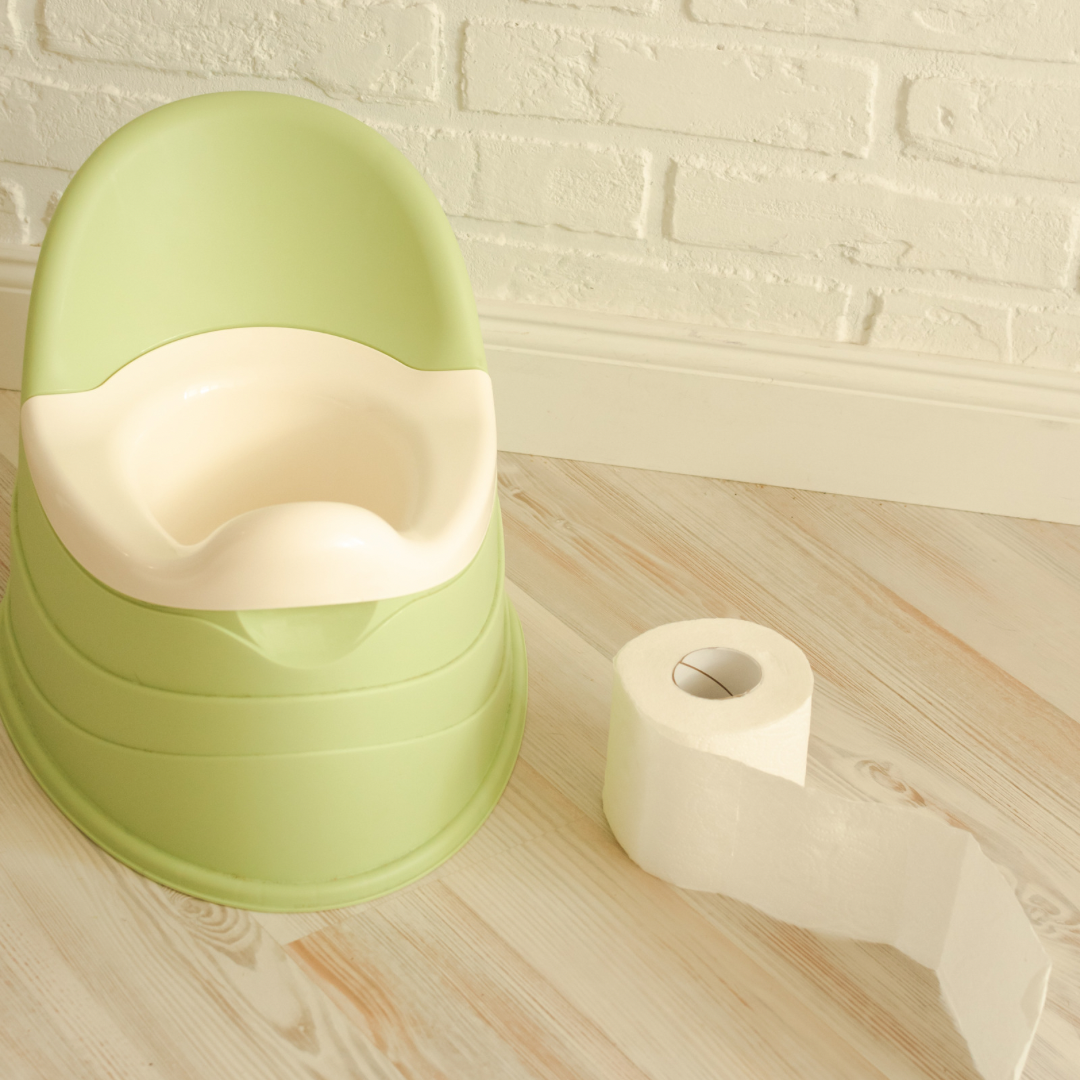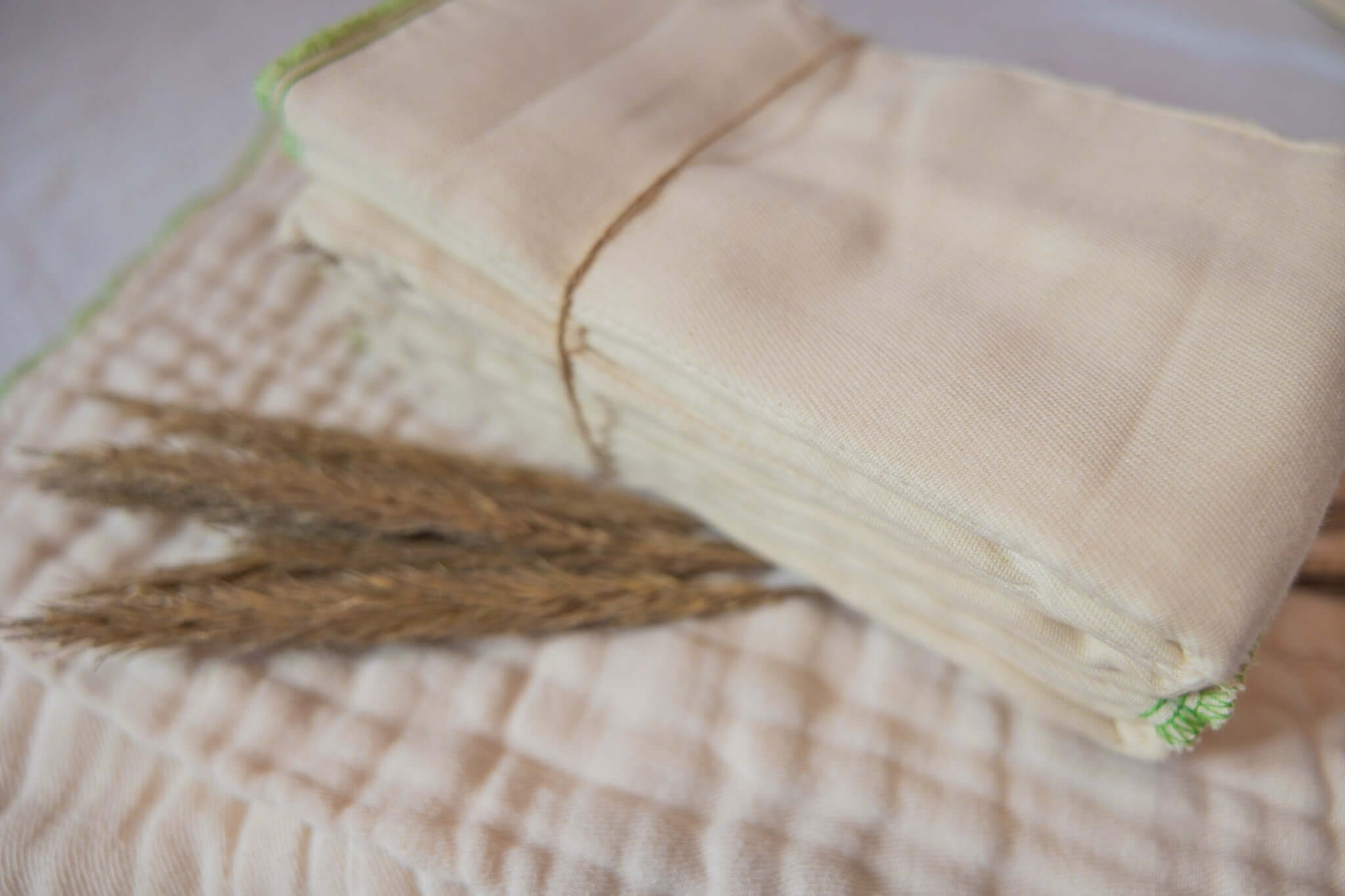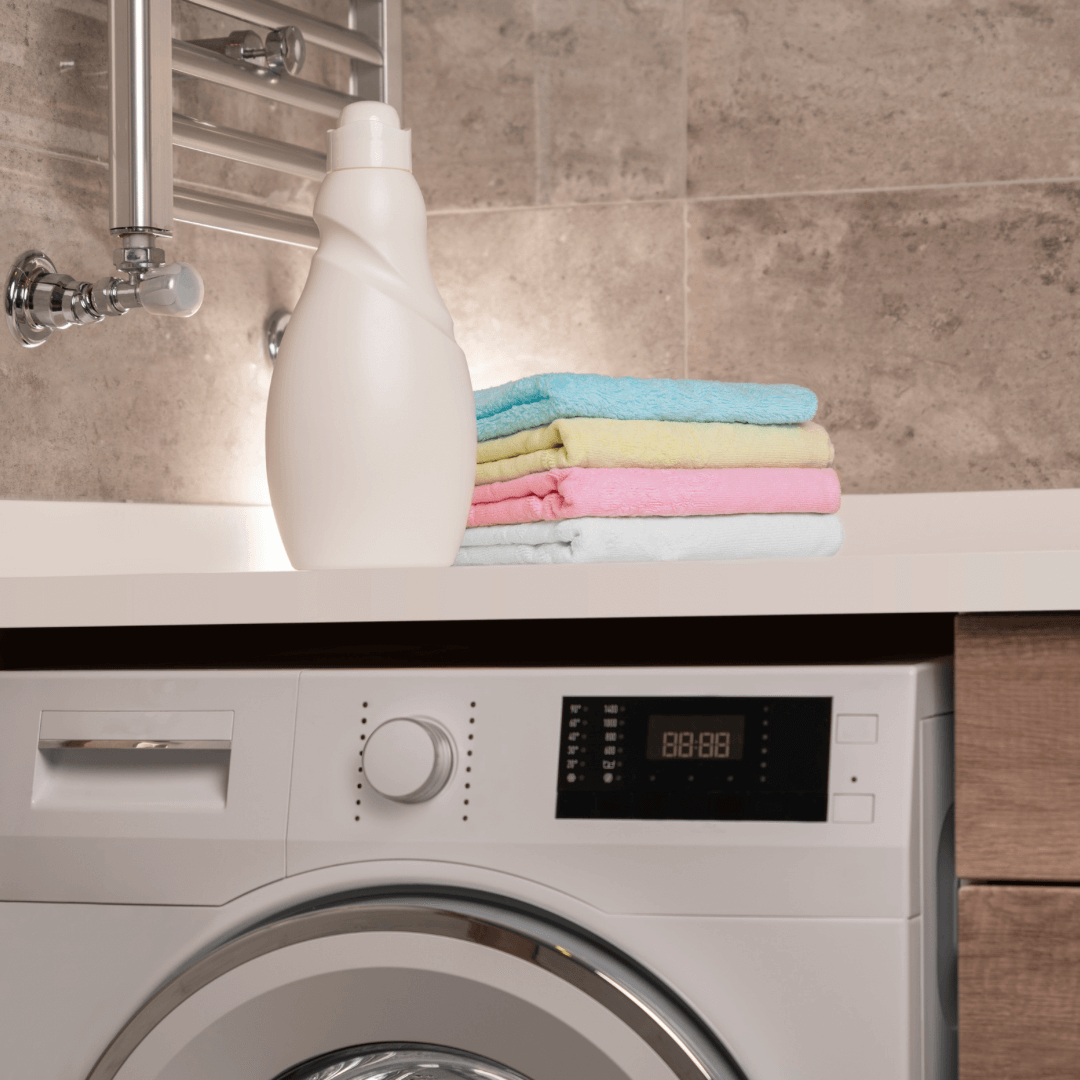
Reusable Diapers and Early Potty Training: Exploring the Connection
Introduction
In recent years, the parenting community has witnessed a significant shift in diapering choices, with an increasing number of families gravitating towards cloth diapers. This resurgence is not just a nod to traditional practices but also a response to contemporary concerns about the environment and child health, and a nod to rising living costs.
We will delve into the intriguing potential relationship between the use of cloth diapers and the timing of potty training, a topic that is widely speculated about and a topic we get many questions on. By examining historical trends, environmental impacts, and modern parenting experiences, we wish to provide a comprehensive understanding of why cloth diapers are gaining popularity and how they might influence early childhood development.
A Brief History of Cloth Diapers
The journey of cloth diapers through history is a testament to the evolving needs and insights of generations of parents. Originally, cloth diapers were rudimentary, often nothing more than a piece of cloth or linen. In the United States, the concept of the modern cloth diaper began to take shape in the early 19th century, with the advent of cotton fabrics and safety pins, which made diapering more practical and efficient.
Post World War II, there was a shift towards disposable diapers, driven by the promise of convenience and hygiene. However, this trend saw a reversal as the environmental consciousness of the late 20th century emerged. Today, cloth diapers, or reusable diapers, have regained popularity, thanks in part to advancements in design and materials, making them user-friendly, efficient, and aesthetically pleasing.
As manufacturing improves each year, modern cloth diapers do too; they now feature advanced fabrics like bamboo and hemp and multilayer absorbency fabrics, have adjustable fittings, offering a blend of traditional simplicity and contemporary convenience, and some even offer warranties that were never considered previously thanks to materials science advancing.
Environmental Impact of Cloth Diapers
In the context of environmental sustainability, cloth diapers stand out as a greener choice compared to their disposable counterparts. This has now become an undisputed fact, but how green depends on the end consumer.
The primary advantage of cloth diapers is their reusability, which significantly reduces waste in landfills. An average child uses approximately 6,000 disposable diapers before being potty trained. In contrast, a much smaller number of cloth diapers can serve the same purpose.
Moreover, the production process of disposable diapers is resource-intensive, involving the use of plastics, chemicals, and wood pulp. Although cloth diapers also require resources for manufacturing and regular laundering, their overall environmental footprint is considerably lower, especially when families opt for energy-efficient washing methods and utilize the diapers for multiple children.
However, it's important to acknowledge that the environmental benefits of cloth diapers also depend on how they are used and laundered. High-temperature washing and frequent use of tumble dryers can diminish their eco-friendly advantage. Consequently, eco-conscious parents are advised to adopt sustainable laundering practices, such as line drying and using a warm wash cycle.
Cloth Diapers and Early Potty Training
The potential connection between cloth diapers and early potty training is a topic of considerable interest among parents and child development experts. The theory posits that children who wear reusable diapers may become aware of their bodily functions earlier than those who wear disposables. This awareness is largely attributed to the fact that cloth diapers, while highly absorbent, may offer the option of having your child feel wetness in their diaper depending on the material makeup of the diaper itself.
In the case of certain Bayrli diapers, this holds true; natural absorbency, whilst remarkably effective, will still leave the baby feeling wet as there is no moisture wicking top layer and this does send differing signals to them compared to the dry feeling of disposable diapers.
Studies have shown that early potty training can have several benefits, such as promoting independence and reducing diaper-related waste. A key factor in early potty training is the child's readiness and ability to communicate their needs, a skill that might be fostered by the more immediate feedback provided by cloth diapers.
Parents who choose cloth diapers often report anecdotal evidence of earlier potty training. This observation aligns with the idea that the slight discomfort from a wet cloth diaper might encourage children to use the potty sooner. However, it is crucial to approach this concept with sensitivity, ensuring that any potty training method respects the child's developmental stage and readiness.
While the connection between cloth diapers and early potty training is compelling, it is important to consider each child's unique developmental timeline. Potty training success relies on a combination of physical, cognitive, and emotional readiness, and not always solely on the type of diaper used.
Contrasting Views & Evidence
The debate over reusable diapers' impact on early potty training is not without its skeptics. Critics argue that there is insufficient scientific evidence to conclusively link the type of diaper to the age at which a child is potty trained. They point out that a multitude of factors, including cultural practices, parenting styles, and individual child development, play a significant role in this process.
There are some small scale studies that have found little to no significant difference in potty training age between children who use cloth diapers and those who use disposables. These findings suggest that while cloth diapers might offer some benefits, they are not a guaranteed method for early potty training.
Additionally, in some cases, the modern design of cloth diapers has evolved to become more efficient at moisture management, reducing the difference in the sensation of wetness between cloth and disposable diapers. This development further complicates the argument that cloth diapers lead to earlier potty training. But in the case of Bayrli, while we do offer unrivalled absorbency options which you can choose to add a stay dry layer or leave the diaper as-is to allow your child to experience wetness.
Moreover, experts in child development emphasize that potty training should be a child-centric process, guided by the child's readiness, rather than hurried by external factors such as the type of diaper used. They caution against pushing for early potty training, which can lead to negative experiences for both the child and the parents.
While the connection between cloth diapers and early potty training remains an area of interest, and while the majority agree the cloth diapers do lead to earlier completion of potty training, it is essential to approach the topic with an understanding that every child's journey to potty training is unique and influenced by various factors beyond just the choice of diaper.
Practical Considerations
When considering the switch to cloth diapers, we would like parents to be informed and you should weigh several practical aspects to make an informed decision. Here are some key considerations:
-
Choosing the Right Cloth Diapers: The market offers a variety of cloth diapers, including prefolds, pocket diapers, and all-in-ones. Each type has its benefits and drawbacks in terms of potty training readiness. For instance, prefolds are economical and allow your child to feel wetness, while all-in-ones offer convenience but may be more expensive and most are topped with a stay-dry material. Choose quality and choose adaptability for your lifestyle.
-
Maintenance and Care: Cloth diapers require a routine of washing, drying, and proper storage. Parents should establish a laundering routine that is efficient and sustainable. This includes proper detergents, avoiding high-temperature washing, and line drying when possible to prolong the life of the diapers and minimize environmental impact.
-
Cost-Effectiveness: While the initial investment in cloth diapers can be higher than disposables, they are nearly always far more cost-effective in the long run, especially if used for multiple children. Families should also consider the potential savings from earlier potty training.
-
Travel and Convenience: For families on the go, using cloth diapers may require additional planning. Portable wet bags and compact diaper designs can make traveling with cloth diapers more manageable.
-
Support and Resources: New and expectant parents considering cloth diapers can benefit from joining support groups, either online or in their communities, to share experiences and tips. Many areas also offer cloth diaper services that handle the cleaning and delivery of diapers.
-
Potty Training Approach: If parents are interested in potentially leveraging cloth diapers for early potty training, they should focus on cues of readiness from their child, such as showing interest in the toilet, staying dry for longer periods, and being able to communicate the need to go. Remember, the key is to follow the child's lead and maintain a positive, pressure-free approach.
Summary
Above we have touched on the historical context, environmental considerations, and the debated connection between cloth diapers and early potty training. While there is substantial evidence suggesting that cloth diapers may encourage earlier awareness of wetness and readiness for potty training, research ultimately shows there are other factors at play, such as cognitive development. The decision to use cloth diapers should be based on a variety of factors, including environmental impact, cost, convenience, and personal preferences.
We also want you to recognise each child's unique development path in potty training, regardless of the type of diaper used. We encourage you to focus on your child's individual cues and readiness for a smooth and positive potty training experience.


